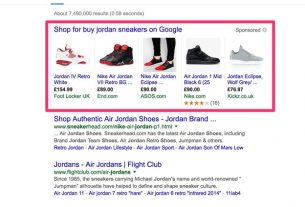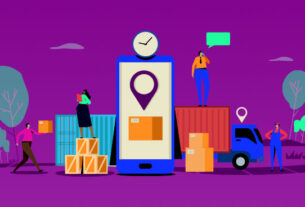How do you get more Google customer reviews? This is the question many companies are asking themselves. Because they know the impact that buyer feedback has on other consumers, their e-reputation and their web ranking.
- Nearly 75% of consumers regularly consult reviews posted across the web before trusting a company, and this number is constantly growing¹;
- The majority of French people now cite reputation, through online customer reviews, as the number one criterion for choosing a company, according to an IFOP report published in 2021;
- Posting five online reviews would also allow a company to multiply its purchase probability by 4².
The fact remains that the vast majority of your dissatisfied customers are the ones who naturally express themselves on the Internet. So, to convert your customer reviews into growth levers, you have no choice but to adopt a proactive marketing approach. In other words, you need to implement a review collection strategy that is adapted to your target’s consumption habits. Guest Suite shares its tips for effective customer review requests and reveals examples of best practices.
What are the best ways to request an impactful review?
In the digital age, your customers are constantly solicited by advertisements and notifications through their mobile devices. Thus, attracting consumers’ attention and encouraging them to leave a review is not easy, even when they are satisfied.
For the past nine years, Guest Suite, the all-in-one e-reputation solution, has been testing the best methods to maximize the chances of collecting reviews from over 3,000 companies. We’ll share our best practices with you, starting with revealing the best channels to use.
1. The email request, a timeless and efficient technique
Email is a communication channel normally mastered by your company. Indeed, you already use it to share news or confirm orders with your customers. Thus, email is an excellent option to ensure a continuity of exchanges.
But be careful! Your customers are used to receiving dozens, if not hundreds, of emails every day. Since their time is precious, they only linger on messages that catch their attention in their inbox. Here are some tips to maximize your click and return rates:
- The subject line of your email should be as simple as it is explicit. For example, you can use this beginning of sentence “Share your experience with” and personalize it with your brand name or, better, the name of the establishment visited.
- The email should be personalized with your customer’s first or last name, based on how you typically communicate with him or her, in order to engage them.
- In the case of a product purchase, the body of your email must include the date of delivery or sale in store, as well as the name of the product ordered.
- Your communication must contain a visible and attractive action button to effectively lead your customer to your satisfaction questionnaire.
2. The SMS request for a conversational communication
Your customers’ phones are the most integrated means of communication in their daily lives. They don’t separate themselves from it anymore. It is close to them at work, at family gatherings or at home and it slips into their pocket or bag when they travel.
In fact, SMS communication represents a great opportunity for your company. However, a few rules must be respected in order to avoid converting your request for advice into an intrusive message for the consumer:
- Keep your message short and to the point.
- Do not mention other topics within your message to facilitate clarity.
- Display a link as a shortened URL.
- Send your message within hours of your customer’s action.




